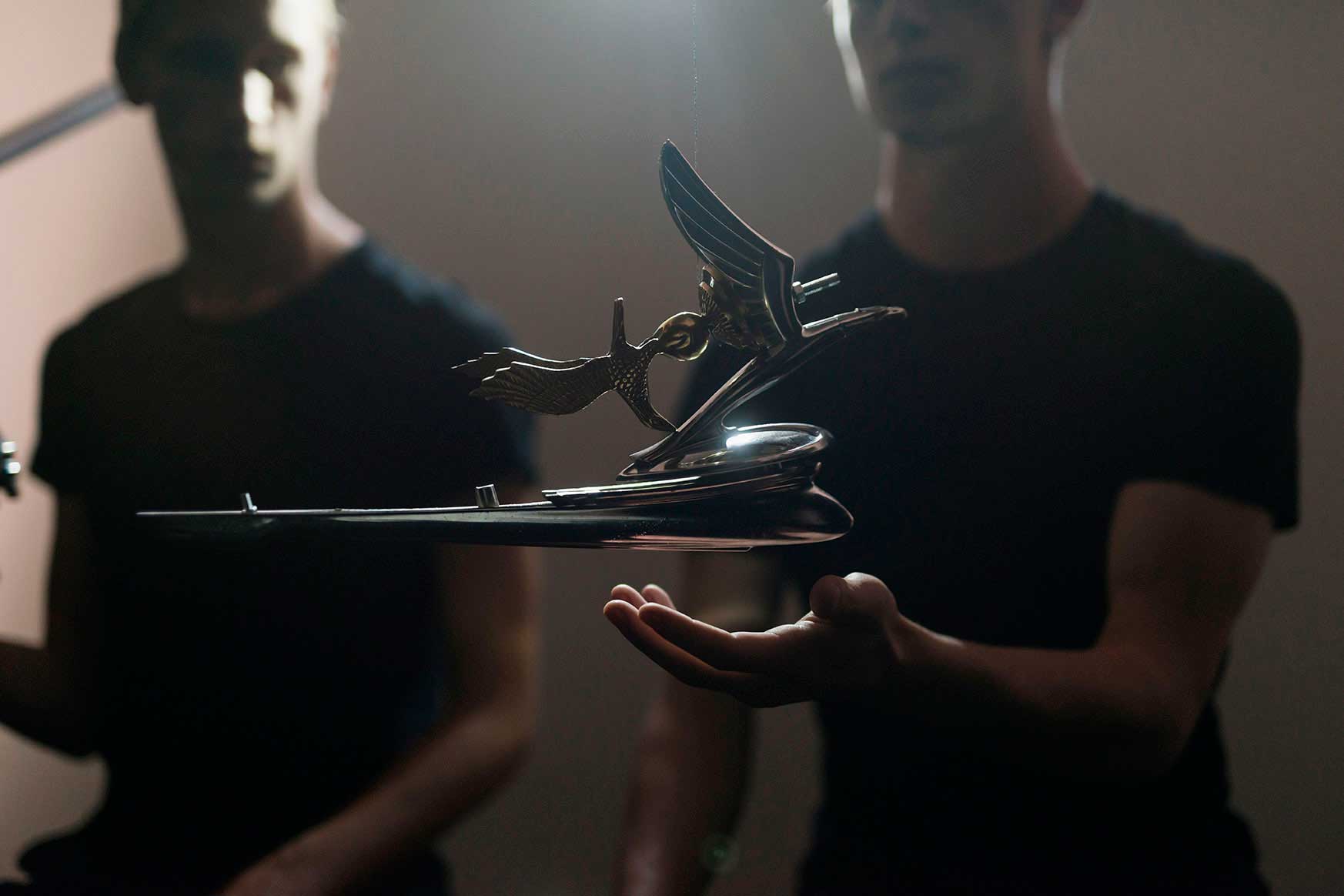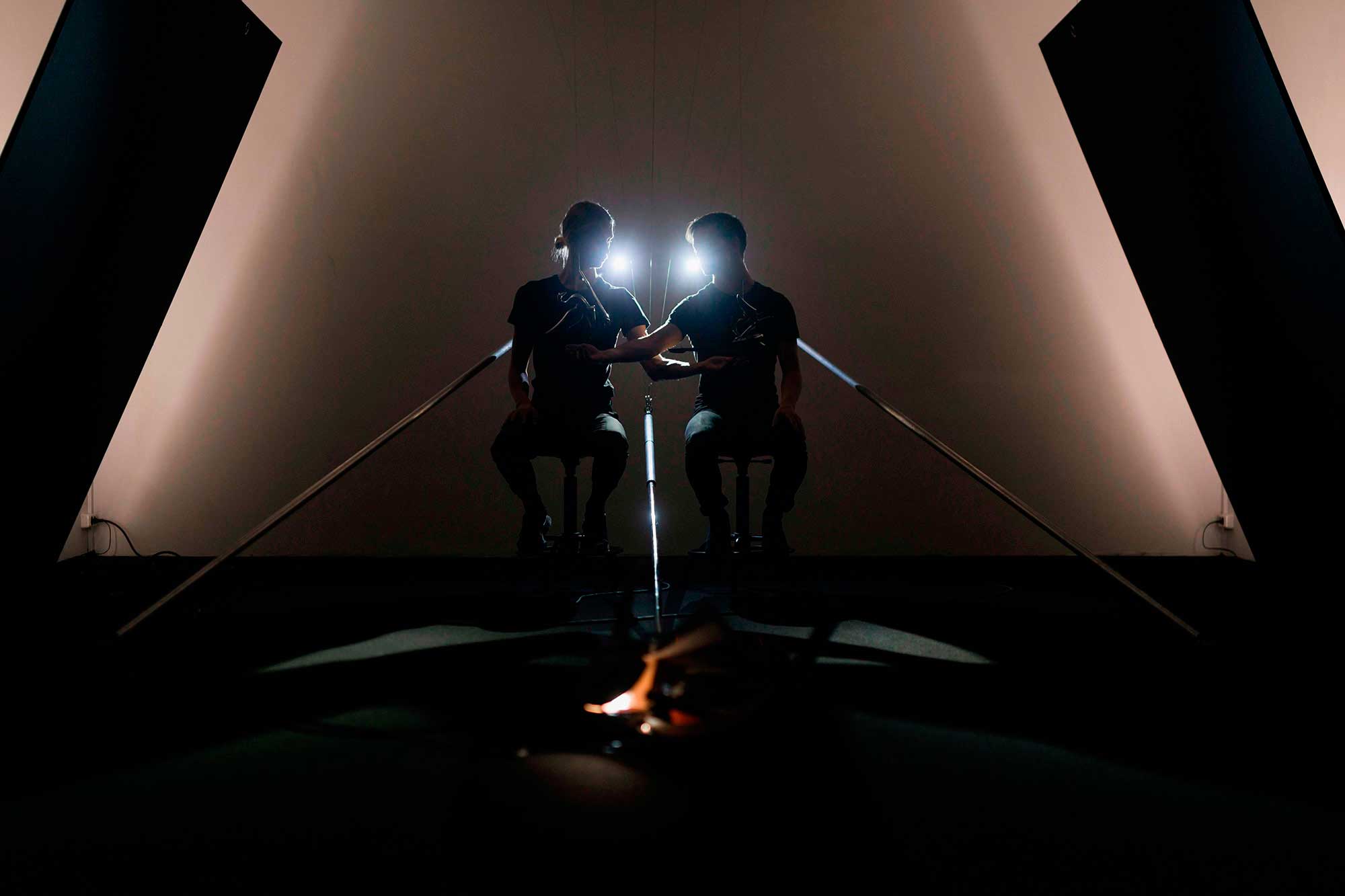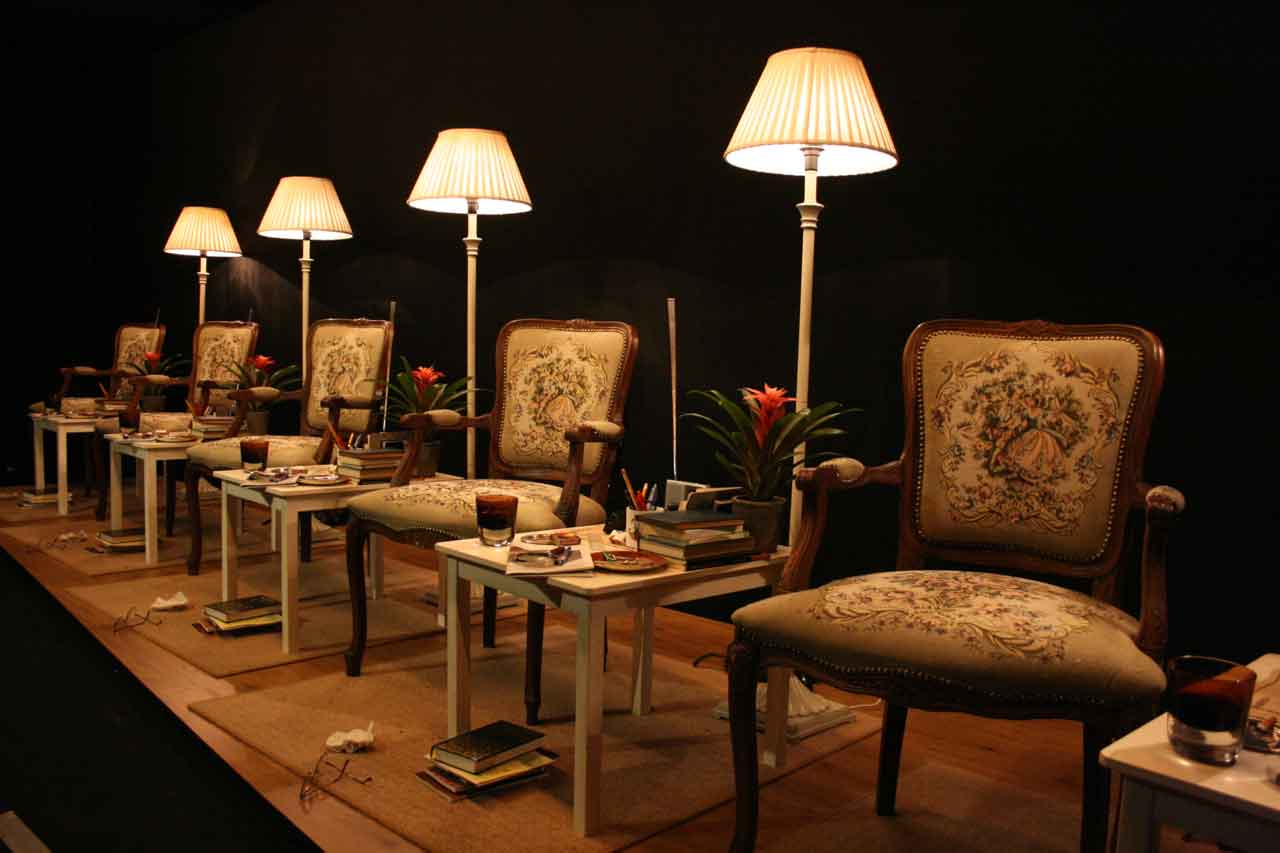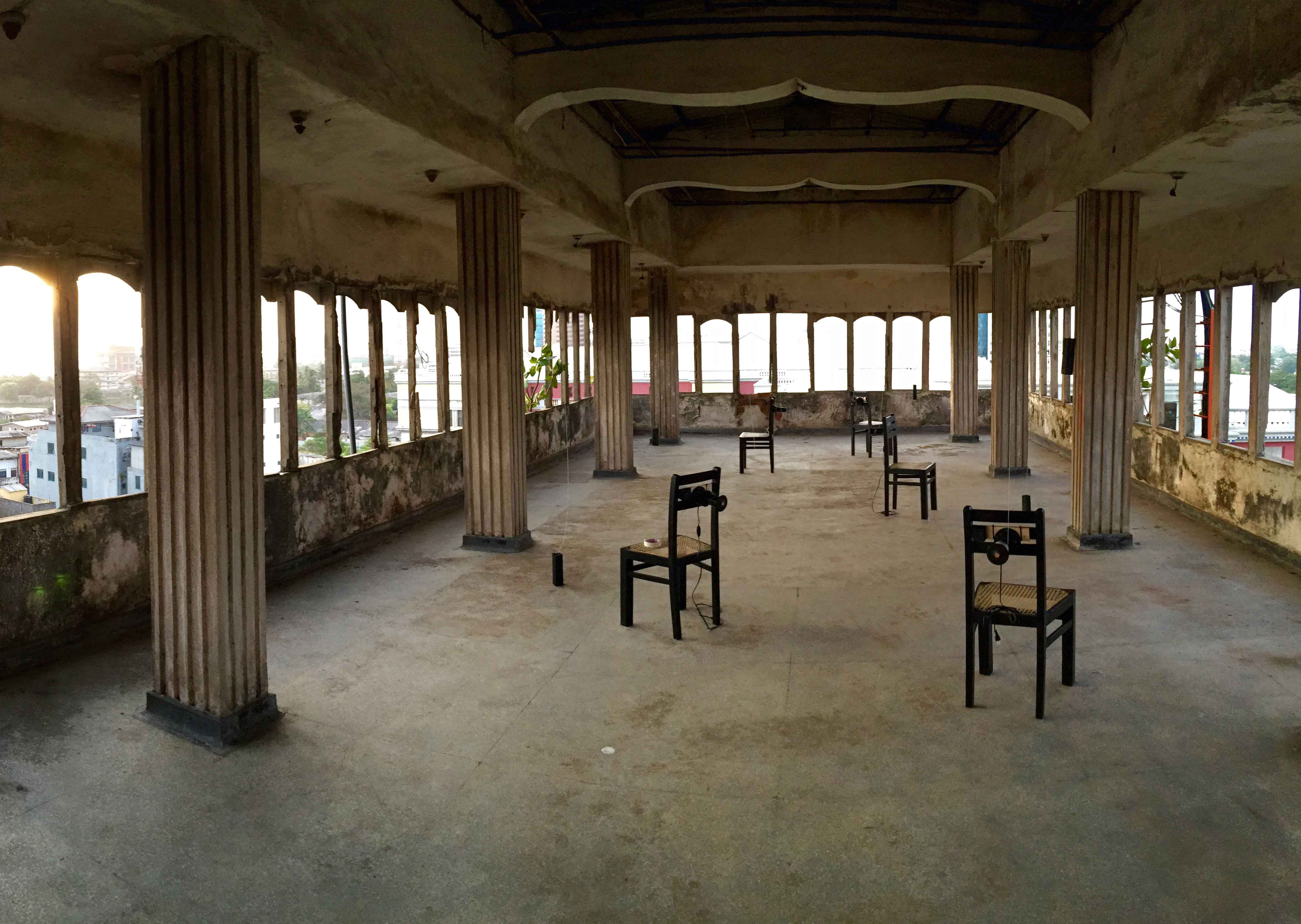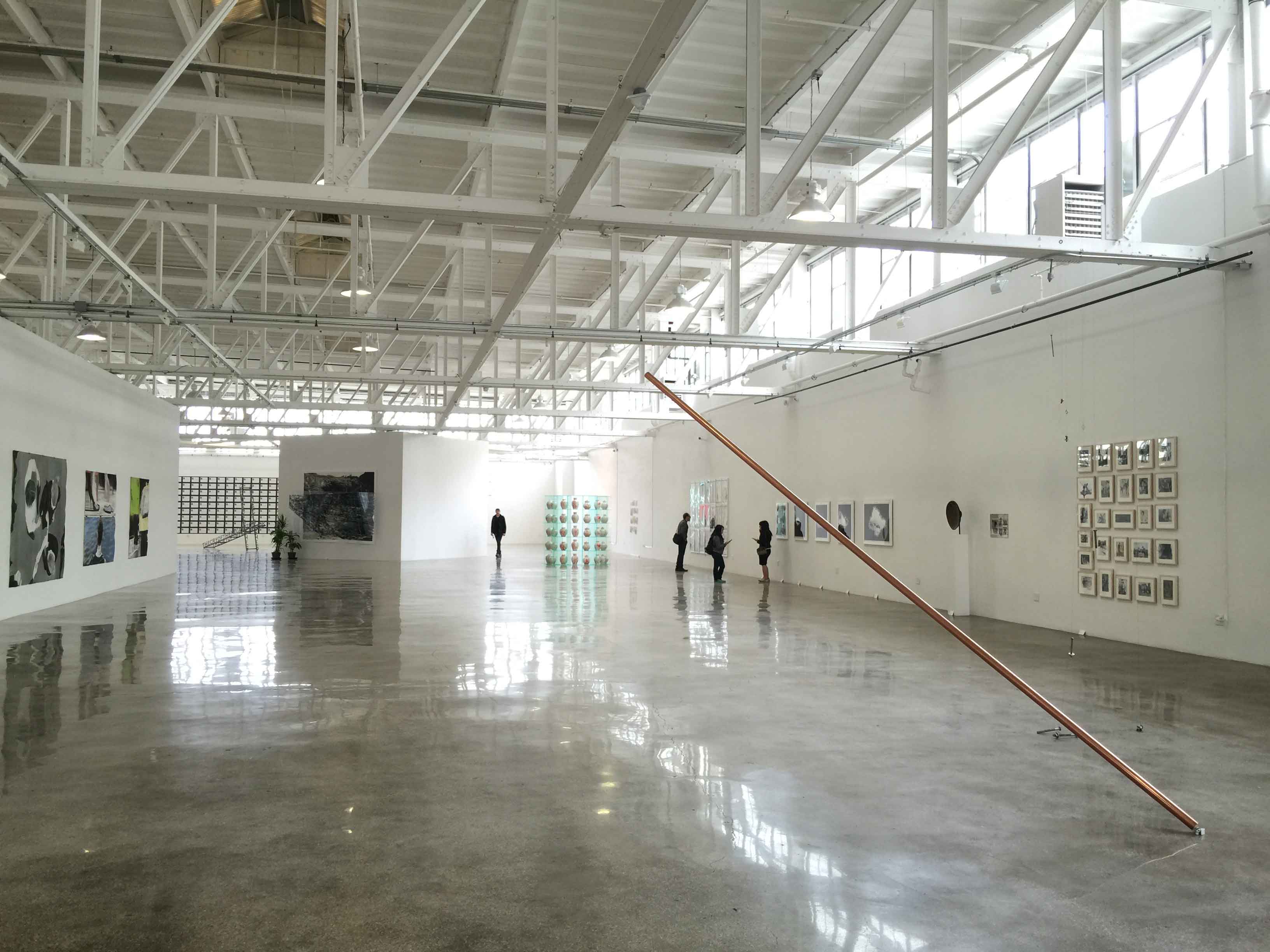HEATHER JONES: I understand that you were born in Colombia, and now live and work between Copenhagen, Bergen, and Bogotá. Can you tell us a little bit more about your background, and how you came to work in Scandinavia?
PEDRO GOMEZ-EGAÑA: I grew up as a violinist. And I played the violin so much that one day I woke up and couldn’t move my arms from a strange pain. That’s when I realised that violinists are more athletes than technicians and that I had been doing it wrong all along. This happened in a conservatoire near Denver, Colorado where I had gone to study after I graduated from High School in Bogotá. The pain in my arms went away, but I was still pissed off. To make things worse, I now had 10 hours a day to fill up with something. I went to London to start a new career guided by the questions behind my injury. I became a composer, also worked with dance and choreography, and then with drawing and sculpture. It seems like different things but they are also all the same. After graduating I got a long term research-teaching project between the university where I studied in London, Goldsmiths, and a University where I was teaching, Universidad Nacional in Colombia. I met some amazing people in these years, many of whom I still work with. I lived back and forth between London and Bogotá, and still working with dance and trying to grow up. Eventually I felt ready for more studying and a random person told me that I should try Scandinavia, they said “there’s a place in Norway called Bergen and there’s a school in Bergen that would fit you perfectly”. They were right.
HJ: Wow I had no idea! So in short, rather than quitting, you took a physical injury as an imperative to explore new ways of making work? I might be getting ahead of myself, but knowing this history now, the sequential structure of both music and dance seem deeply embedded in your entire thinking around sculpture and installation. Looking back, do you see this as your trajectory?
PGE: Yes, I would say so. And this interest in sequential structures, as you call it, has led to question what time itself means in our culture and in history. For instance, what happens when vehicles and the internet accelerate life? Acceleration is a compositional concern, but it is also a cultural question that goes beyond the formal and abstract natures of structuring events in time.
HJ: It seems like quite a leap both geographically and societally. Do these different landscapes/cultures influence your work in any way?
PGE: Places inevitably influence ideas and energies, and the people I’ve met in different cities are a very strong influence. But in general terms, the contents of my work are in no particular relationship to the geographical territories where I’ve lived. I would say that the study of certain histories of places is the stronger influence, like the relationships between Chinese and European industrial revolutions, or the Scientific popularisation happening in the Enlightenment, or the American literature of the turn of the century, or the Sri Lankan colonial processes…
HJ: What is it about these histories that you find relevant to deal with now, in our contemporary situation? Your way of dealing with these narratives seems to stretch far beyond the simply nostalgic or archival…
PGE: I often work with histories that touch on cultural relationships to technology. But that’s not the only reason I work with history. In general terms history is always part of our contemporary situation, not just because it traces genealogies, but because history is also about the power of the one who tells it. In this sense I find it interesting when art looks back, because one could say that artists are politically and financially quite disempowered, but artists also train in making connections that subvert, redefine, and/or fictionalise established logics. This is of immense value, in order to understand and question power you need to align yourself with creative approaches to history.
HJ: Do you agree that time – sequential time – is an invention, a societal construct?
PGE: Well what we usually think of as time is the seconds, minutes, hours, etc. but this is just the measurement of time, that is not what time is. The question of what time is, is very complicated and very interesting. Without going too much into the philosophical, I would say that various modulations of time are a crucial category when considering the way culture develops and the way power is exercised, especially since industrialisation. Think of, for instance, old agricultural time, when people’s lives were synchronised with the natural rhythms of light, darkness and the seasons. And then now how the main rhythms in our life are dictated by other logics like the updates and posts in social media, and that of vehicles and transport. These shifts carry a lot of significance, and they are important to explore and question.
HJ: Your sculptures have been referred to as kinetic, mechanical, industrial, and even performative. Can you describe the role of motion in your work, and the relationship between object, motion, and audience?
PGE: Motion is the way that we gauge time, so it is at the centre of what I do. I think about motion all the time, and I fetishise it too. I’m a ritualistic traveller, and engage with vehicles (from bikes to roller coasters) with a huge degree of anticipation and curiosity. I am very taken by motion and how it comes to happen. I also find a pathos in machines that says something about our transition into invisible technologies (the digital). It’s true that the world is not a ‘nuts and bolts’ place any more, but motion as a material event and as genealogy of time, is a way to bring up questions of its very dissolution.
HJ: In the past, you’ve mentioned the importance of staging in your work? Can you expand on what this term means to you? Is there an element of theater? Does the process of staging benefit the sculpture, the viewer, and/or fascilitate interaction between the two?
PGE: When I think of theatre I mostly think of the audience part: the seating arrangements, the darkened space, the organised (ritualised) entrance, the silence, etc. I love that in theatre, and cinema, we force ourselves to go into this strange, dark room, for an amount of time, and that we commit to whatever is happening in there: the light, the sound, the removal from the everyday life. I find that this encourages a different set of associations and readings. I guess what I’m trying to say is that I think about how we look just as much as what we are looking at, and to me this is what staging is all about.
HJ: Do you think as you say “the way we look” has changed/is changing as a global society? Is this something that you, the artist, can control or at least mediate in regards to how the audience looks at your work?
PGE: Yes, art can, and does, effectively modulate the way people look. I think this is very much a part of the experience of art. There are artistic disciplines that tackle this question directly, like dramaturgy, architecture or curating, but I think that many artists also work on this aspect of their practice themselves and some of them do so very successfully.
HJ: Many of your sculptures and installations are not only kinetic, but time-based. The idea of ‘ephemeral sculpture’ is not an easy one to immediately understand. Can you elaborate on time as a medium in your practice?
PGE: I actually think that the ephemeral is the one thing we can relate to right now. We are in a time when nothing lasts and nothing is finished…every time you open you computer there’s a new feed, new entries, new posts, new news. Every time you imagine your surroundings you have a different image in your head: cars, phones, lightbulbs, relationships, pills. We live in a time of ghosts when new things are already dying when they’re born. the ephemeral is so much a part of our lives, that some temporalities like that of global warming actually seems too slow to take notice or take action. In a way permanence is more difficult to understand…. This is precisely why time is a crucial social and cultural category.
HJ: You recently presented The History of Velocity as a solo exhibition at Prosjektrom Normanns in Stavanger, and will present the work again later this month at Hordaland Kunstsenter as part of the Meteor Festival in Bergen. Can you describe this project in particular and the concepts undergirding the installation?
PGE: This project started with the title, the question of what a history of velocity could look like. As opposed to speed, velocity includes a component of direction, and this makes it about displacement and vectors, essentially about vehicles. But the thing with vehicles is that they not only make us go fast, but in doing so, they also immobilise us. The dream of velocity is like being caught between the desire to glide in beautiful speed, and the paralysing possibility of the accident. There’s something erotic and monstrous about velocity.
HJ: Can you describe how you manifested these concepts, this feeling of desire and paralysis, in the installation?
PGE: All these ideas have been treated as metaphoric images staged in a slick darkness and symmetry that looks a bit cyber punk, or like the cover of a 70’s rock album. Within this environment the audience finds the collapse of 3 very different temporal images: the two performers persistently spinning two metal objects (assembled from old car hood ornaments), the slower cycles of light and darkness in the space, and the clunky wooden sculpture on the floor which struggles to move around. It is in this mix and interdependence of materials and temporalities that I see the desire and paralysis of Velocity emerging.
HJ: And finally, are there any other upcoming exhibitions or works in progress that you can share with us?
PGE: I am excited to start working again with cinema. Not cinema as in making a film, but with the the cinematic as a notion in itself. An earlier work called The Kinetoscope of Time, 2012 went into this and I am starting to go back to some of these ideas. In the Kinetoscope you entered a place where the film was somewhat presented to you as latent motion, like still frames that you navigate with your gaze. Now, I want to work with cinema as a motion that swallows you whole.
